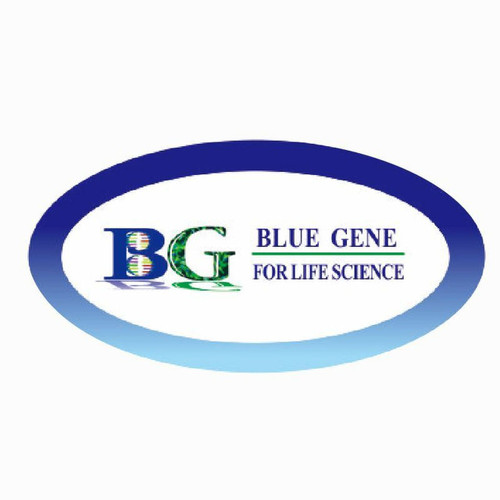Product Description
Human Rho-related GTP-binding protein RhoC (RHOC) ELISA Kit | AE22189HU | Abebio
Species Reactivity: Human (Homo sapiens)
Abbreviation: RHOC
Alternative Name: RP11-426L16.4; ARH9; ARHC; H9; MGC1448; MGC61427; RHOH9; OTTHUMP00000013802|OTTHUMP00000013805|OTTHUMP00000013807|RAS-related homolog 9|Rho-related GTP-binding protein RhoC|oncogene RHO H9|rhoC GTPa
Application: ELISA
Range: 31.25-2000 pg/mL
Sensitivity: 7.8 pg/mL
Intra-Assay: ≤3.4%
Inter-Assay: ≤7.5%
Recovery: 0, 9
Sample Type: Serum, Plasma, Other biological fluids
Detection Method: Sandwich
Analysis Method : Quantitive
Test Principale: This assay employs a two-site sandwich ELISA to quantitate RHOC in samples. An antibody specific for RHOC has been pre-coated onto a microplate. Standards and samples are pipetted into the wells and anyRHOC present is bound by the immobilized antibody. After removing any unbound substances, a biotin-conjugated antibody specific for RHOC is added to the wells. After washing, Streptavidin conjugated Horseradish Peroxidase (HRP) is added to the wells. Following a wash to remove any unbound avidin-enzyme reagent, a substrate solution is added to the wells and color develops in proportion to the amount of RHOC bound in the initial step. The color development is stopped and the intensity of the color is measured.
Product Overview: RhoC (Ras homolog gene family, member C) is a small (~21 kDa) signaling G protein (more specifically a GTPase), and is a member of the Rac subfamily of the family Rho family of GTPases.It cycles between inactive GDP-bound and active GTP-bound states and function as molecular switches in signal transduction cascades. Rho proteins promote reorganization of the actin cytoskeleton and regulate cell shape, attachment, and motility. It is prenylated at its C-terminus, and localizes to the cytoplasm and plasma membrane. It is thought to be important in cell locomotion. Overexpression of this gene is associated with tumor cell proliferation and metastasis. Multiple alternatively spliced variants, encoding the same protein, have been identified.
Stability: The stability of ELISA kit is determined by the loss rate of activity. The loss rate of this kit is less than 5% within the expiration date under appropriate storage condition. The loss rate was determined by accelerated thermal degradation test. Keep the kit at 37°C for 4 and 7 days, and compare O.D.values of the kit kept at 37°C with that of at recommended temperature. (referring from China Biological Products Standard, which was calculated by the Arrhenius equation. For ELISA kit, 4 days storage at 37°C can be considered as 6 months at 2 - 8°C, which means 7 days at 37°C equaling 12 months at 2 - 8°C) .
 Euro
Euro
 USD
USD
 British Pound
British Pound
 NULL
NULL












